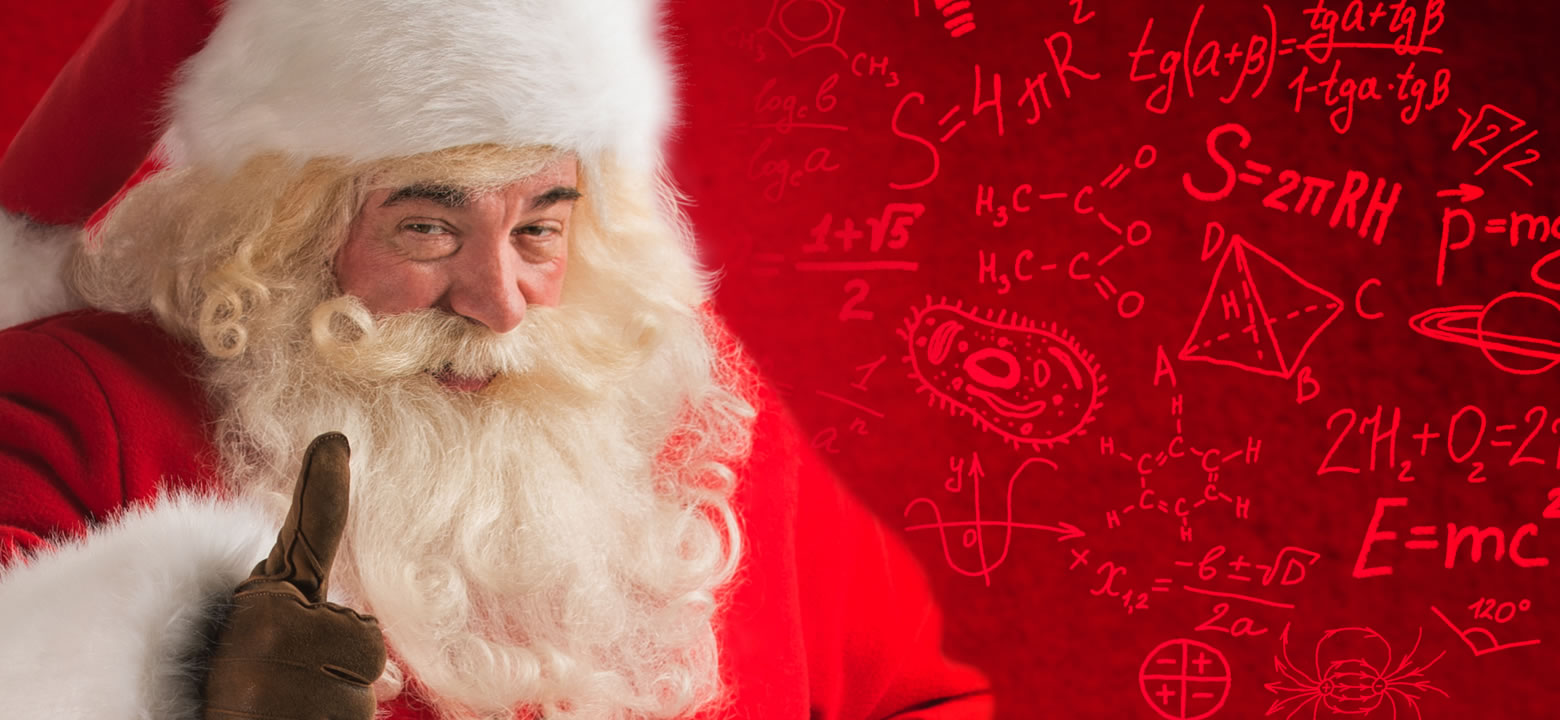
Santa Claus captures the imagination and excitement of children around the world. But most fans of Santa don't give much thought to how red-suited saint delivers millions of presents to countless households in a single night, they only care whether he will visit their homes and what kinds of presents he will leave them.
However, when you consider the logistics behind Santa's annual global trek, the numbers are enough to astound any rational adult. Still, the science of Santa Claus provides a logical explanation for how a single person can distribute presents to homes around the world in just a matter of hours.
Scientists who have researched the science of Santa agree that he generally has around thirty-two hours to deliver presents to children around the world. Starting in locations like New Zealand and Australia, Santa Claus works his way around the globe until he finishes his gift-giving journey in Alaska, Hawaii, and other places in the Western Pacific Ocean.
Even so, if he restricted his present giving to kids between the ages of 0 and 14, he would still have to visit the homes of 1.93 billion children on Christmas Eve. This number could be reduced by 30 percent, however, if he limits his visits to only children who celebrate Christmas and not those whose religions prohibit the observance of this holiday. If this were the case, he would only need to leave gifts for 603 million children that night.
Still, visiting the homes of more than 600 million children in the span of thirty-two hours would mean that Santa would have to travel at a breathtaking pace around the world. Scientists theorize he experiences something called time dilation, which is a phenomenon in which time slows down for an object the faster it moves.
In essence, scientists say that Santa Claus moves so fast that time actually slows down for him (See Einstein's Theory of Relativity). Because time slows down, he has more time in which to deliver presents. Time dilation also means that Santa Claus ages slower than the average person, meaning his gift delivering days won't be ending any time soon!
At the same time, scientists theorize that Santa Claus experiences a phenomenon called time contraction. With time contraction, the size of an object is reduced the faster it moves.
This would mean that Santa gets smaller the faster he moves around the world. His reduced size allows him to fit into the tightest of spaces including down chimneys, in between the cracks of windows and doors, and through spaces in the walls. That's quite a trick!
How fast does Kris Kringle actually travel on Christmas Eve each year? It is generally acknowledged that this jolly old elf has more than 510 million kilometers to travel before he wraps up his yearly journey.
With that many miles to cover, Santa would need to travel at a speed of more than 10.7 million kilometers per hour or 1,800 miles per second. This speed does not take into account any pit stops that Santa Claus has to make to use the restroom or to rest and feed his reindeer. Sorry, Rudolph!
Scientists who have given thought to Santa's logistics agree that his sleigh weighs around 1.232 million tons once it is fully loaded with all of the toys he will haul each year. This weight also takes into account Santa's girth as well as the weight of Dasher, Dancer, and the rest of his reindeer, which probably weigh around 600 pounds apiece.
In fact, the toys alone in Santa's sleigh would tip the scales at a whopping 8.4 million tons. This weight may vary from year to year depending on what are the most popular toys for which boys and girls have asked Santa (as well as the varying naughty-to-nice ratios).
Still, given the combined weight of Santa, the toys, and the sleigh itself, Father Christmas would need more than eight tiny reindeer - plus Rudolph - to pull his heavy sleigh through the night skies. Scientists say that he would need to harness and hitch up more than 5.6 million 600-pound reindeer to pull that amount of weight. That's a lot of reindeer food!
These scientific facts about Santa Claus answer some of the more complex questions about how he manages to deliver presents around the world in a single night. For children, however, no amount of science can take away from the excitement and fun that Santa represents. The facts merely explain to those who wonder what it would take for a single magical elf to travel around the globe giving gifts to all of the good boys and girls on Christmas Eve.